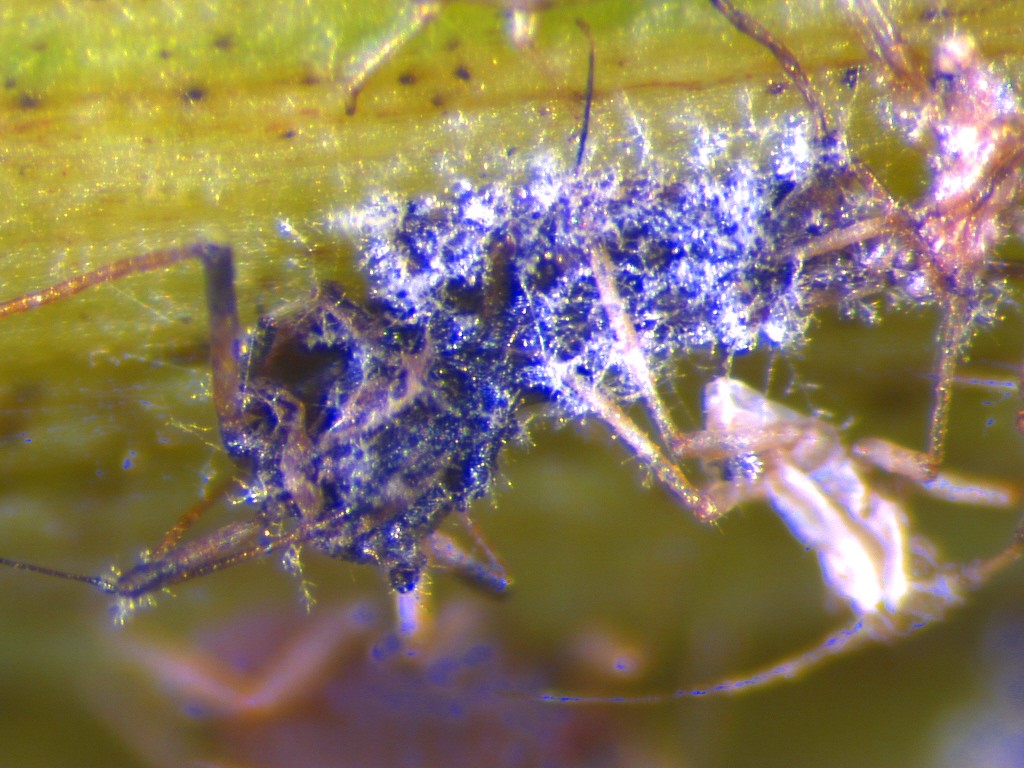Beauveria
Scientific name: Beauveria
Beauveria
Scientific name: Beauveria
 Photo By Scot Nelson , used under PUBLIC-DOMAIN /Cropped and compressed from original
Photo By Scot Nelson , used under PUBLIC-DOMAIN /Cropped and compressed from original Description
Beauveria is a fascinating group of fungi known for its role in controlling insect populations. Certain species within this group are natural insect pathogens, meaning they can infect and kill insects, making them valuable in biological pest control. These fungi typically grow in soil and produce tiny white spores that help them spread. Due to their unique properties, they are often studied and utilized in agriculture to naturally manage harmful insect pests.